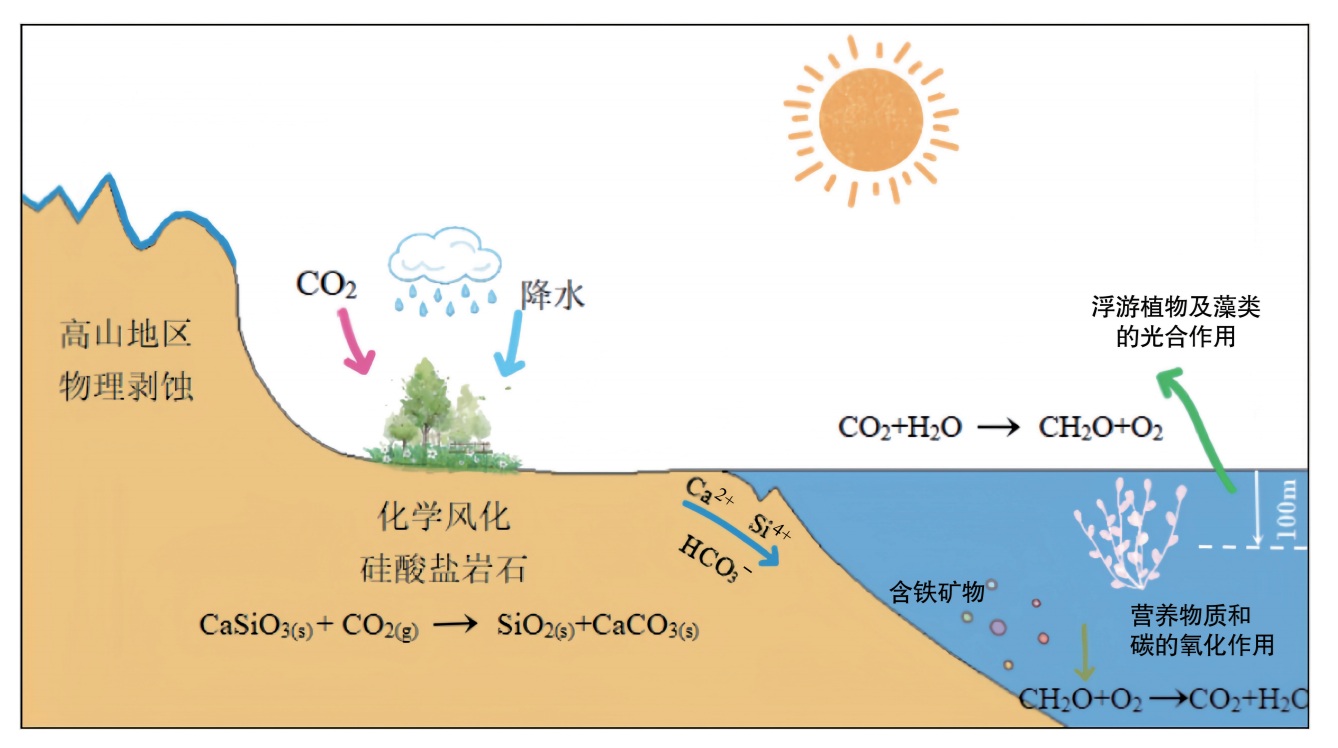The study of the interactions between tectonic-weathering-climate change in the Cenozoic is one of the frontier directions in earth system science research, and has important reference signifificance for deeply understanding the habitability of the Earth’s environment. On the million-year timescales, silicate weathering and organic carbon burial are the key ways to regulate atmospheric CO2 concentrations and maintain climate stability. However, the mechanism of global climate cooling in the Cenozoic is still unclear, and the existing records of global weathering flflux are not consistent, which may be affffected by various factors. This paper discusses the several hypotheses and main geological records related to the carbon cycle and climate cooling in the Cenozoic that have been proposed. Regarding the controversy over whether low-latitude island arc weathering drives or provides negative feedback for Cenozoic climate cooling, this paper takes Southeast Asia, the largest island arc region in the world, as an example to evaluate the carbon cycle effffects of silicate weathering and organic carbon burial since the Late Cenozoic, and comprehensively explains the possible effects of increased island arc exposure area and increased vegetation types on the carbon cycle. This provides clues for revealing the possible role of tropical island arc weathering and organic carbon burial in the Cenozoic climate cooling.



